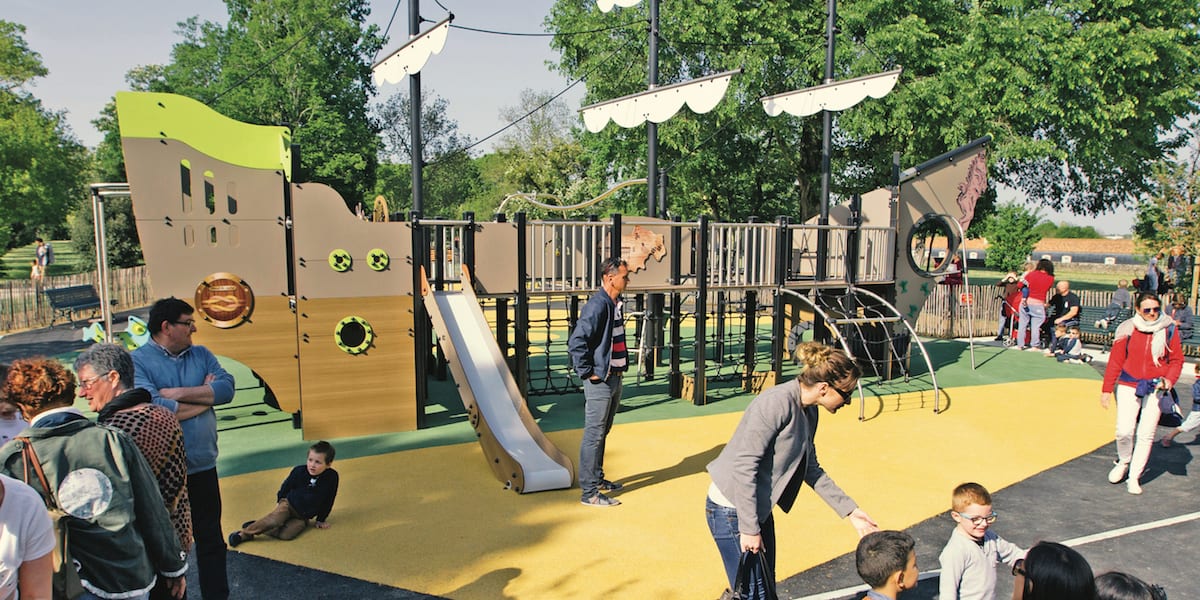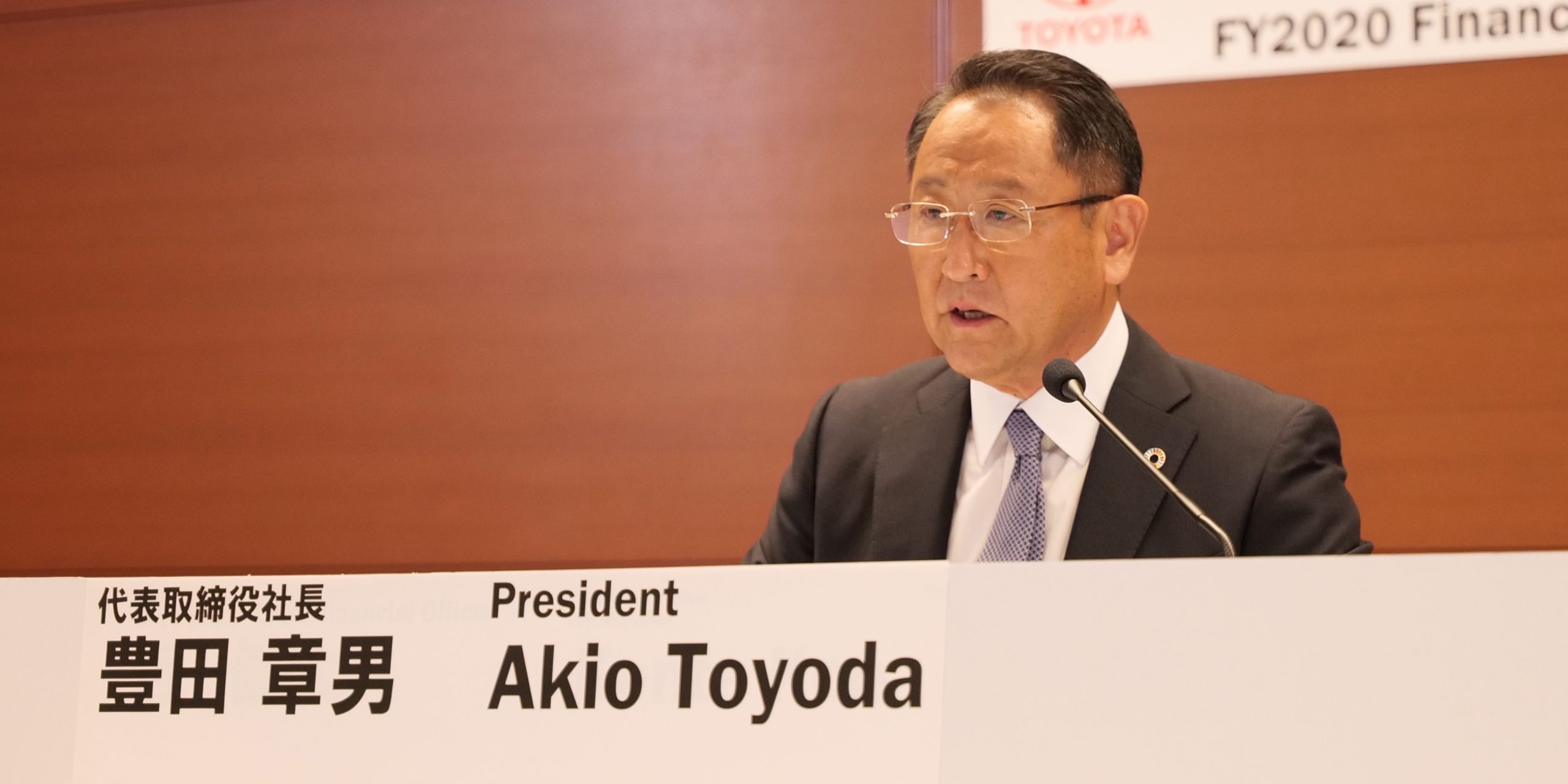
A playground for lean teamwork and collaboration
FEATURE – Enabling its people to think autonomously about problems and fostering collaboration among departments is allowing a French company that makes and installs playgrounds to thrive.
Words: Catherine Chabiron, lean coach and member of Institut Lean France
In 1988, Denis Le Poupon founded Proludic in Vouvray, in the Loire Valley – a place known to wine lovers from around the world. Proludic, however, doesn’t specialize in wine, but in playgrounds and outdoor fitness installations. Since their creation 30 years ago, the company has installed more than 80,000 playgrounds worldwide.
Interestingly, 2017 showed excellent results and a 20% growth in spite of a major fire that struck the production plant back in March 2017, destroying in just 45 minutes 40% of the plant, 20% of the offices and the entire IT Data Center.
“Lean had taught us to develop autonomy in our teams. This turned out to be a crucial competence when we had to find ways to resume production following the fire. We managed to re-launch production within 23 days. In doing so, we minimized the impact on our customers,” Thierry Chambolle, Production Manager at Proludic, told me. There is no doubt this was an impressive recovery from what would have been a fatal disaster for weaker organizations.
At Proludic, I am visiting three department heads – Thierry Chambolle himself, Sales Manager Nadine Rollet and R&D Manager Marielle Bourreau. My aim is to see how Production, Sales and R&D can interact and collaborate, a key success factor for new product launches. I want to discuss the trade-offs the three have to manage in order to better serve customers while trying to stay ahead of their competitors.
Thierry, Nadine and Marielle have learned their way into lean thinking over the past few years, going on gemba walks, experimenting and asking questions, and receive support from a coach. They immediately seem very keen to share their experiences with me.
HIGH CUSTOMIZATION OR PRODUCT STANDARDIZATION?
We start our gemba walk in production, in the shipping area. A visual management board displays all the pickings to be done on the day. Sales and Production agree on the dates of shipping with clients, taking into account both customer constraints and the need to level the production load from one day to the next. If a product is missing, the kanban is set aside for investigation at the end of the day.
Proludic doesn’t operate stock replenishment on pulled flows, except for a few parts, as each playground is fully customized: they are selling solutions matching the site where the playground is to be assembled, and complying with the entertaining and pedagogical objectives the customer has set. Shapes and colors are all specific to each playground and, since most parts are visible, standards can seldom be reused from one model to the other (except for screws and bolts). This is a well-known trade-off in Proludic, which chooses to sell unique and customized solutions at the cost of not being able to standardize much.
Thierry confirms: “Our production is essentially Make-To-Order, but we are working hard not to import the variability of customer requirements into production and to each day level our workload. If we fail to do so, we adjust our use of resources, which forces us to focus greatly on multiskilling.”
As we walk along the lines (production has been hosted in a temporary location and the new plant has barely started afresh, with large areas still vacant), it is clear that batches are sized for a day’s effort and that flows can still be optimized in the new plant, as operators feed machines and then watch them work. Thierry admits that, with the Make-to-Order constraint and the reconstruction, he has worked more on Jidoka than on Just-in-Time.
Proludic’s customer satisfaction rate is at 96%, even though the performance in terms of internal service is much poorer. For example, the pickings scheduled for the day I visited appeared not to have triggered any production plan, with investigation needed on the reasons behind this. Thierry leads us into the continuous improvement area set up next to the workshops and confirms that a top priority for the teams in Production is to work on issues impacting the customer. Team leaders are expected to spend one hour each day on either problem solving or the improvement of standards. Two of them show us what they were working on.

Today’s problem solving is focused on panels shipped to the customer without holes for the bolts and screws. The possible causes are discussed and verified, so that corrective actions can be taken, including a tighter control by the operator with regards to the plan.
The other team has no customer complaints to analyze and is working instead on an improved flow between wood-cutting machines and packing: excessive part handling is occurring at the packing stage and the team is discussing how to possibly improve this. They soon stumble upon a batch size issue: wood cutting operators prepare a daily production batch, triggered by what will need to be picked by Shipping in 48 hours’ time. But when Packing takes over the next day, they have to sort out the daily batch into smaller batches corresponding to the customer orders. In addition, they have to move large trolleys containing a day’s worth of production, when smaller trolleys carrying smaller numbers of parts would be easier to handle.
“I let them discuss and work out options,” Thierry says. “This is how they learn and develop an understanding of what works and what does not.”
I am still thinking about the collaboration between R&D and Production, so I ask whether engineers come and check the machining or handling issues their design create for the Production team. Marielle tells me: “Before the fire, we had red bin reviews from time to time in Production, to check on design issues. But I must admit we have not done them recently and need to resume this activity.”
Nevertheless, they give me some examples of improvements that stemmed from discussions over customer claims. For example, an error was recently made by Production on the size of a pole, when the operator wrongly calculated its overall dimensions (the plan only provided him with the length of individual sections of the pole). Since then, R&D provides plans with both intermediate dimensions and the overall length, so that the manufacturing task is more intuitive and mistakes harder to make.
“We also have discussions on new product launches,” Thierry steps in. Marielle then suggests we move to R&D to see the examples of collaboration they are telling me about.
A CUSTOMER WALL TO DISCUSS DESIGN ISSUES
As we step into the R&D Obeya, I am immediately drawn to a large customer wall where claims and issues related to the design of products are logged and worked upon. “As soon as we learn something new, we share it with the teams and write it down as a standard,” Marielle explains. The example below was written when the team discovered that adjoining lines on engravings could create aggressive overlaps of material that could hurt kids’ fingers.

They also worked on a “OK First Part” control process for new suppliers after a customer signalled that the proposed product (following a change of supplier) would risk trapping kids fingers.
Beyond the usual schedules for ongoing projects, I also see a very interesting area in the Obeya, in which new concepts are designed. Sales has confirmed the need to work on solutions for teenagers (most Proludic products today are for kids) and one of the new concepts the company is working on is an outdoor device that they hope will prove popular with teen-aged customers. “Lean product development teaches us to include target costing and competitor tear down in our work, and this helps us to launch successful products,” says Marielle. R&D has therefore come up with a product that is expected to outsell its immediate competition, both thanks to a lower price and to added functionalities.
“This won’t do,” mumbles Thierry, looking at the picture of the prototype. “Have you seen the number of parts of different colors you will make me produce?” (I am sorry I can’t say more about the product… all of this is still hush-hush). Marielle reminds Thierry that this was already discussed and that everyone agreed to build five units of the product for the launch, “to reduce the impact”. As I fail to understand the problem, Thierry explains: “This is one on the most recurrent discussions we have with R&D – scrap. We buy colored panels, and once we have cut out the one or two parts required in that color, we are left with a large chunk of unused material. This is also because we never build the exact same product twice.” A bit of 5 whys leads us to the realization that the current supplier is unable or unwilling to reduce the size of the panels to accommodate smaller parts.
Proludic’s focus is clearly on customization, unique solutions and sales growth, and it is clear that Production and Supply Chain are expected to follow. From this stems the need to collaborate on what is being designed, and to assess the cost of the various options for Production and Supply.
“Lean really helped on this,” Marielle tells me, “because it put the customer back into focus. That’s why we have the customer wall. It has increased the collaboration between us, as we became more aware of the issues we generated for our colleagues working in other departments.”
UNDERSTAND CUSTOMER EXPECTATIONS
Nadine shows me a spider chart that resulted from one such collaboration between the Sales and R&D departments. Together, they defined their three types of customers: sponsors who pay and decide; development offices or architects who specify, supervise and maintain the installation; and every-day users. They then discussed key expectations for each of those customer types, to try and build solutions that would match them. They keep this radar-like sheet nearby at all times.

Leading us back to Sales, to complete our tour, Nadine confirms that efficient collaboration is the first result her department achieved through lean management. To answer a bid, three different Sales actors need to step in: an area manager of course, who will be the point of contact with the potential customer, a sales assistant to prepare and manage the bid documentation, and a technician to specify the solution out of the existing shapes, colors, materials and functionalities in Proludic’s catalogue.
Whereas these three professionals were previously acting within their own silos, they are now working as a team on each project, collaborating on a daily basis in the Sales Obeya to escalate issues (if any) to understand customer needs or collect key data. One rule was also enforced: do not try to guess what the customer wants, collect as much data and facts as you can to propose the right solution. “There is nothing worse than a customer telling your project is great, but completely off the mark,” Nadine says, sighing.
A more careful selection of bids, the visual management of key due dates and the immediate escalation of issues considerably helped Proludic both in building capacity to answer bids on time (from 60% to 95%) and in converting bidding into contracts for large projects, which went from 3% three years ago to 39% in the first six months of 2018 (smaller bids have an 80% conversion rate).
The result of each bid is now put under intense scrutiny. The Sales team often sits down with the customer to understand why they won (for example, a convincing and detailed schedule to demonstrate that Proludic would be able to install the playgrounds into all selected schools over the course of the summer vacations) or didn’t win (a solution deemed too big for the site it was planned for). This amount of information will enable Sales to provide R&D with information on the type of solutions that customers will find of interest. Collaborative thinking on what works and what doesn’t also led the company to the selection of a new software that allows people to digitally insert the proposed playground in a given site (to see what it would look like) or to design a graphic charter common to all those who might have to answer a bid, while allowing space for customization.
The collaboration between Sales and R&D is also being fostered on the technical side: for example, to avoid inconsistencies on the dimensions of a product between the internal documentation and the product’s official manual, weekly reviews are organized by Sales and R&D to tackle the issue.
When I ask Thierry, Marielle and Nadine if all this improvement happens effortlessly, they answer in unison: “Of course not!” The results the company has achieved are good, and many would be tempted to remain in their comfort zone. But not Proludic, which continues to ask itself a number of critical questions: how do you build on existing standards or improvements to advance on a lean journey? How do you urge your team to change things that work when the results are there, in spite of a major fire? Thierry offers a potential answer to these questions: “Lean completely changed my view over the role of a manager. I now see that my job is not to decide things on my own, but to develop the ability of my team to see and solve problems.”
Doing this everywhere in the organization means to learn to better understand customer expectations, to face and define the real problems Proludic has to solve to prepare for the future, and to collaborate on a daily basis to that effect.
THE AUTHOR

Read more


FEATURE – In this call to arms, the author encourages us to fight to prove the relevance of Lean Thinking in such difficult times and explains why only mastering it can truly address our problems.


FEATURE – As Italy rolls out its vaccination campaign, the author reflects on what he recently observed at a vaccination hub in the Veneto region and discusses how the process could be made leaner.


FEATURE – Akio Toyoda’s May 12th press conference to present Toyota’s financial results offers great insights into how the company is reacting to the pandemic, say Jeff Liker and John Shook.


INTERVIEW – A former VP of Operations from Thales tells Catherine Chabiron how he and his team turned around their department by committing to lean thinking and focusing on people development every day.

